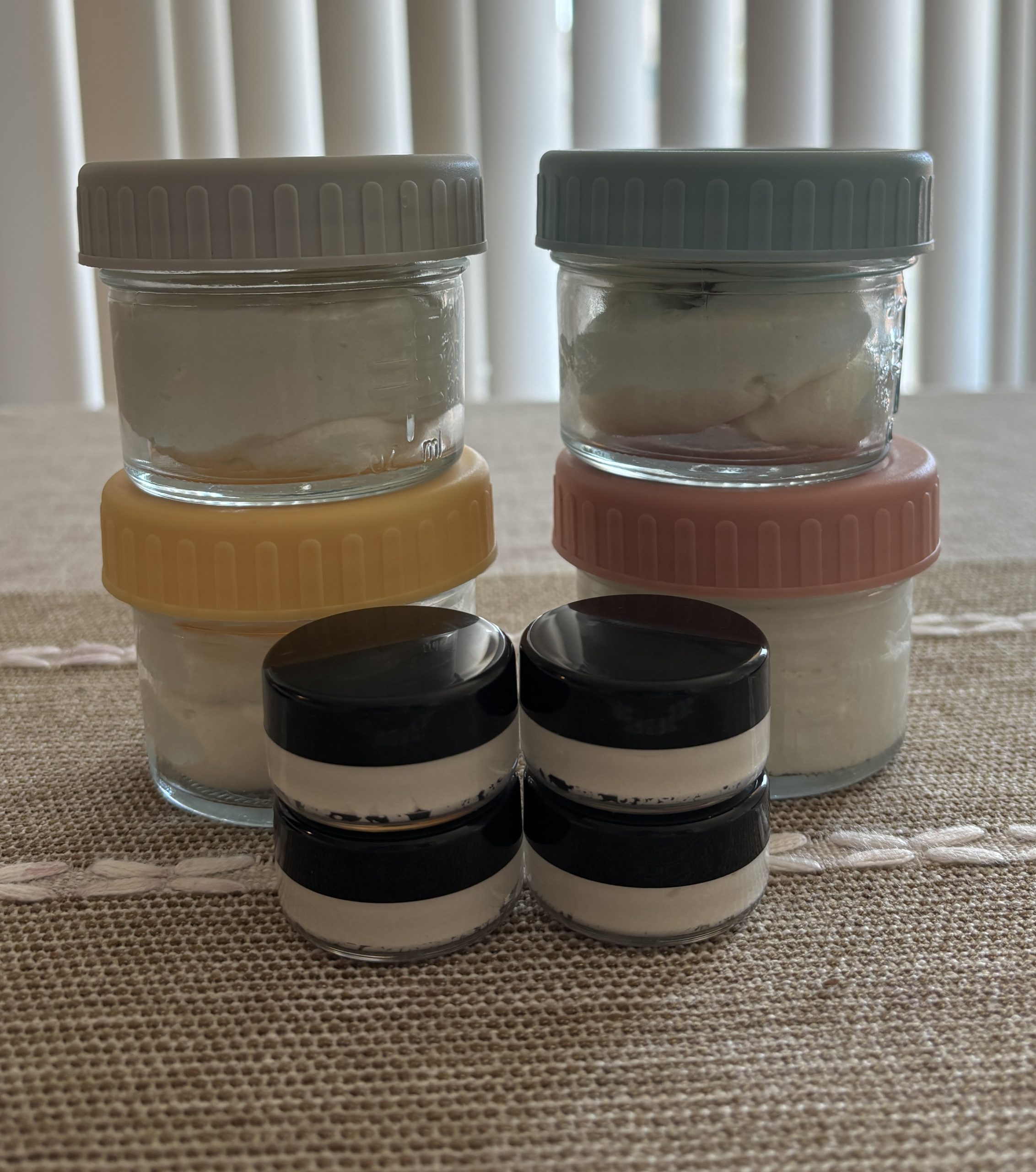I’ve been interested lately in making my own skincare as I have found myself with fine lines on my forehead that I noticed when daylight streamed through a hotel window at a different angle. Clear as day, I finally needed to do something to fix my dry skin.
The Technical Challenge of Formulation
For work, I often tackle complex projects where understanding how components interact is key. I don’t know, how but one day shortly after, I simply had the confidence to apply the same principles to skincare formulation. Instead of simply buying a commercial product with unfamiliar ingredients that often irritated my overly dry and sensitive skin, I wanted to create something I can trust.
Why Beef Tallow?
I chose beef tallow as the base for my face cream after hearing multiple influencers talk about its benefits. What intrigued me most was that tallow is rich in fatty acids and closely resembles our skin’s natural oils, making it ideal for hydration and protection. I initially bought a small tub to try from Amazon and was blown away by how soothing it was on my sensitive skin. In fact, after a few days of using it, I was raving about it’s skin-friendly properties to anyone I met. However, I didn’t like it’s smell, and was doubtful about it’s raw materials. So, I sought to figure out how to fix it after reading a few blogs about de-odorizing tallow and the types of fat to make the best creams.
Given this is the first time I am using an animal product on my face, I had to make sure that I was sourcing it ethically. Lucky for me, I have a family run, grass-fed Wagyu farm just an hour away called Peeler Farms and I had some fat delivered by someone who worked there, and lived nearby! Knowing that it’s not factory-farmed meat and that the cows are raised with care and attention definitely makes it a lot easier to accept it’s animal origin.
A simple recipe
Ingredients:
- 10 oz beef tallow (leaf fat)
- 5 drops of frankincense essential oil
The Process:
- Rendering: I started by melting the beef tallow in a slow cooker, together with some water, salt, food-grade activated charcoal, and repeated the process three times.
- Adding Actives: Once melted, I removed it from heat and added the frankincense essential oil.
- Whipping It Up: To achieve a creamy texture (vs. a balm), I whipped the mixture as it cooled.
What I noticed about the smell
Let me just say that I was taken aback when I first rendered Grass-fed Wagyu –even when first heated, there was naturally very little to no smell! This was very different from the jar of tallow I bought from Whole Foods which had a strong beefy smell. Perhaps there really is a difference with ethically raised beef cattle. Additionally, within the first 2-3 renderings, the tallow-water (residue) was already running clear, compared to 4-5 renderings previously.
Reflections on DIY
There’s something so satisfying about finding a solution that doesn’t require a trip to the skincare aisle and anxiously googling ingredient lists. Creating my own product feels deeply personal, and fulfilling. It has also taught me to slow down, understand the problem, the ingredients and take a more hands-on approach to the products I use everyday.

Leave a Reply